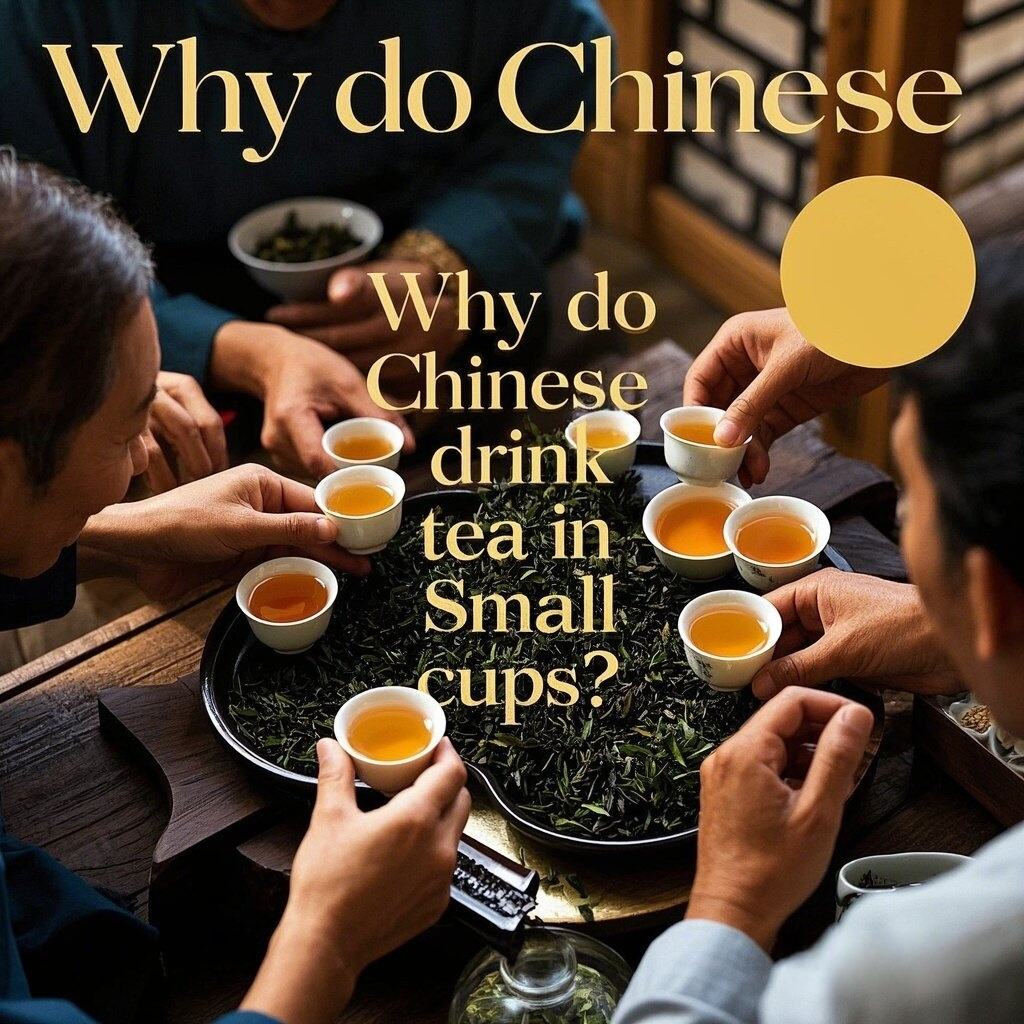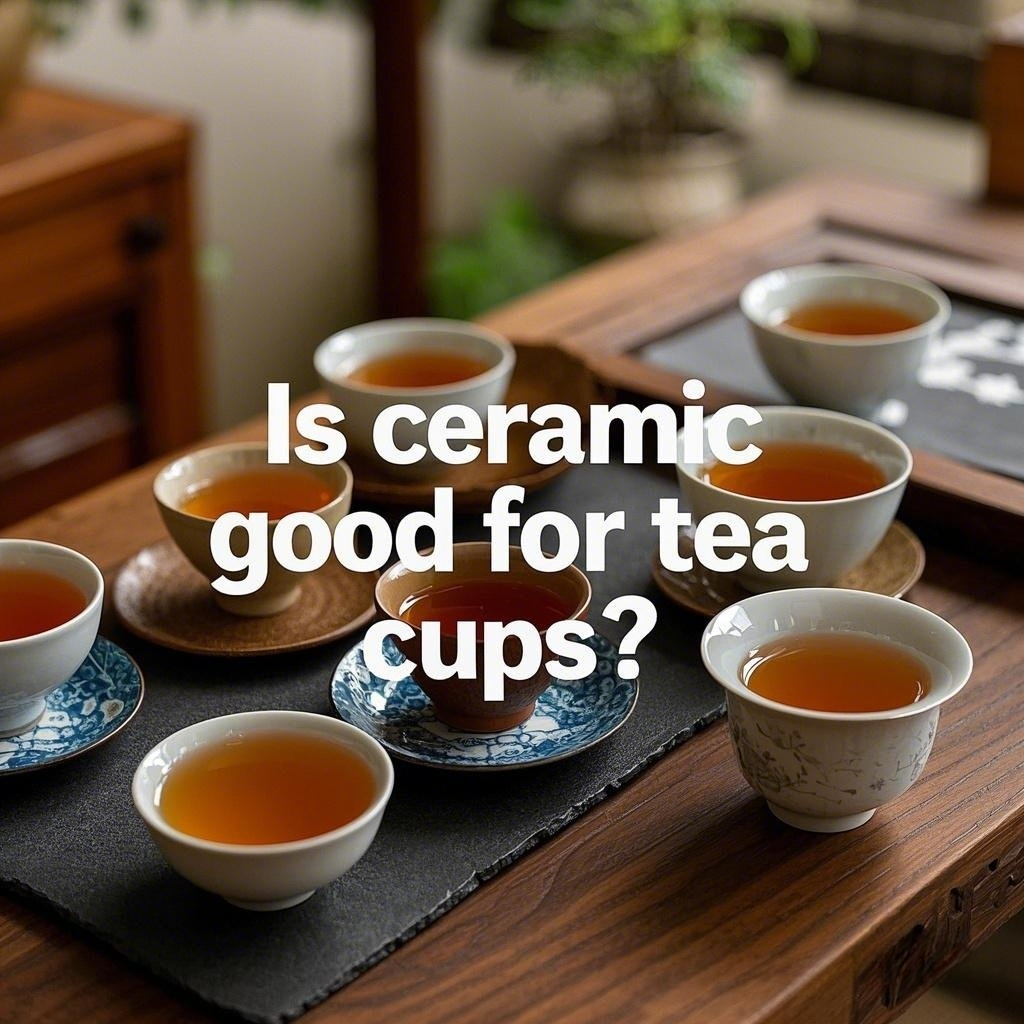Why Does Tea Taste Different in a Chinese Cup? The Secret Behind TAOTAO’s Flavor-Enhancing Designs
The difference between a good cup of tea and an extraordinary one often lies in the vessel itself. For centuries, Chinese tea drinkers have sworn that tea tastes deeper, smoother, and more complex when sipped from a traditional Chinese cup. But is this just tradition, or is there science behind it? From material chemistry to mindful design, TAOTAO's Chinese tea cups unlock tea's full potential. Let's steep into the reasons-- and how TAOTAO modernizes this ancient wisdom.
1. The Magic of Material: How Ceramic Transforms Tea
Chinese tea cups, typically made of ceramic or porcelain, interact with tea in ways other materials can't:
Non-Reactive Surface: Unlike metal (which adds metallic notes) or plastic (which leaches chemicals), TAOTAO's high-fired ceramic cups (1280 ° C )preserve tea's purity. Their FDA-approved glazes ensure no off-flavors, even with acidic teas like lemon ginger.
Micro-Porosity: Unglazed clay cups, like TAOTAO's Zisha Clay Series, have microscopic pores that absorb tea oils over time. This "seasons" the cup, subtly rounding out bitterness in pu-erh or oolong and enhancing sweetness with each brew.
Heat Management: Ceramic's density absorbs heat evenly, preventing scalding while keeping tea at the ideal sipping temperature (60-- 70 ° C).
2. Shape Matters: Engineering Aroma and Mouthfeel
The design of Chinese tea cups isn't arbitrary-- it's a science:
Wide Rim: Allows aromatic compounds to rise freely, engaging your sense of smell-- a key part of taste. TAOTAO's Gongfu Cups funnel aromas toward the nose, amplifying floral or earthy notes.
Thin Walls: Delicate teas like green or white benefit from thin porcelain cups (TAOTAO's Ming Collection), which cool tea slightly to avoid bitterness.
Curved Lip: Ensures a smooth pour that rolls tea onto your tongue, optimizing flavor distribution.
3. The Ritual Effect: Mindfulness in Every Sip
Chinese tea culture emphasizes slow drinking-- a practice TAOTAO enhances through design:
Weight and Texture: The heft of a clay cup grounds you in the moment, while matte or crackle-glazed finishes add tactile pleasure. Studies show mindfulness enhances perceived flavor.
Small Sizes: TAOTAO's 30-- 50ml Gongfu cups encourage savoring tea in small, deliberate sips, allowing you to notice evolving notes across multiple infusions.
TAOTAO's Innovation: Bridging Ancient and Modern
While rooted in tradition, TAOTAO's cups solve modern dilemmas:
Thermal-Shock Resistance: Safely transition from fridge (for cold brew) to boiling water.
Eco-Friendly Craft: Made with 30% recycled clay and non-toxic glazes, these cups replace thousands of disposables.
Stackable Designs: Space-saving nested sets for urban tea lovers.
Their Double-Wall Celadon Cups even mimic ancient jade aesthetics while insulating heat like a thermos.
Why Other Cups Fall Short
Glass: Neutral but fragile and poor at heat retention.
Stainless Steel: Adds metallic undertones and overheats hands.
Bamboo: Porous surface traps bacteria and odors.
Chinese ceramic cups, especially TAOTAO's, offer unmatched balance-- durable, safe, and flavor-focused.
How to Maximize Your Chinese Tea Cup's Potential
Season Unglazed Cups: Brew the same tea type in TAOTAO's clay cups 5-- 6 times to build a flavor-enhancing patina.
Pre-Warm: Rinse cups with hot water before brewing to stabilize temperature.
Pair with Teapots: Use TAOTAO's matching sets for harmonious heat and flavor.
Conclusion: Taste Tradition, Perfected by TAOTAO
Tea tastes different in a Chinese cup because every detail-- material, shape, and ritual-- is designed to honor the leaf. TAOTAO elevates this legacy with cups that blend millennia of wisdom with modern safety and sustainability. Whether you're brewing dragonwell green or aged pu-erh, their ceramics transform each sip into a sensory journey.
Ready to experience the difference? Explore TAOTAO's Chinese tea cup collection and steep in tradition, one cup at a time.
CTA: Sip deeper-- unlock tea's true flavor with TAOTAO.



